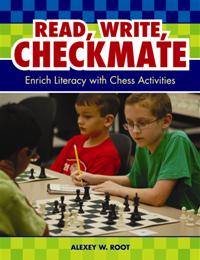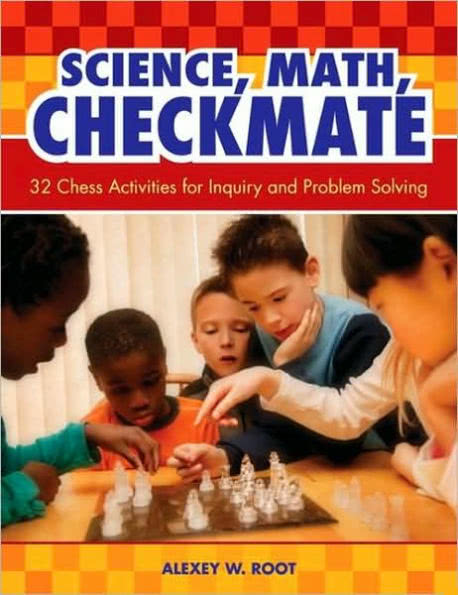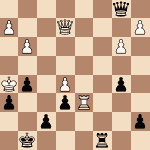Beginners’ chess games often include blunders in the first ten moves. For example, beginners may lose to the Scholar’s Mate in just four moves. Good chess openings for beginners avoid opening traps, are easy to memorize, and follow opening principles. This “Part One” article introduces three chess openings; Part Two article gives four more openings.
ABCD Principles


In my books Science, Math, Checkmate: 32 Chess Activities for Inquiry and Problem Solving and Read, Write, Checkmate: Enrich Literacy with Chess Activities, I discussed the ABCD opening principles.
- Attack the center;
- Bishops and knights, in either order, should be developed before rooks and queens;
- Castle within the first 10 moves for king safety and to activate the rooks; and
- Delay queen development, so that the queen doesn’t become a target.
The openings featured in Part One and Part Two of “Best Seven Chess Openings for Beginners” follow these principles.
King’s Indian Attack for White
The King’s Indian Attack (KIA) is a great opening for beginners to play as White. The KIA can be played with the same first five moves against almost any Black opening. White plays d3, Nf3, g3, Bg2, and 0-0 to get a good position.
After five moves, White’s fianchettoed bishop attacks the center, the kingside bishop and knight have been developed, White has castled, and the white queen is safely on d1. All the ABCD principles have been followed.
King’s Indian Defense for Black
A huge advantage for beginners is that the King’s Indian can be played by Black as well by White. When played from the Black side, it is called the King’s Indian Defense (KID). Black plays d6, Nf6, g6, Bg7, and 0-0.
If White tries a Scholar’s Mate-type attack, for example placing a bishop on c4 and a queen on h5, Black can capture the queen on h5 with its knight on f6. Alternatively, if White tries the attack with a bishop on c4 and a queen on f3, the knight on f6 blocks the attack.
Playing 1…d6 also discourages an early e5 from White, which means that Black needs to memorize fewer lines. In contrast, starting with 1…Nf6 runs into the Alekhine’s Defense 1. e4 Nf6 2. e5, which has its own variations.
While both KIA and KID are effective, beginners can struggle with figuring out what to do after the first five moves. Our next opening is goals-based, which helps beginners learn how to set goals and achieve them in chess positions.
The French Defense
The French Defense is one of the three most played responses to e4 for many reasons! By playing 1. … e6, beginners are highly unlikely to fall into the Scholar’s Mate. In fact, if White tries for a Scholar’s Mate: After 1. e4 e6 2. Bc4 d5 Stockfish evaluates the position as a small advantage for Black.
Three common variations of the French Defense all have clear goals. First, let’s discuss the Advance Variation. After 1. e4 e6 2. d4 d5 3. e5 c5 White has a pawn chain. Black’s goal is then to pressure the base of the pawn chain, which 3…c5 does. White then plays 4. c3. Since Black remembers that the goal is to pressure the base of the pawn chain, the next few moves are intuitive 4… Nc6 5. Nf3 Qb6. Black frequently tries to pressure White’s d4-pawn more by bringing the g8-knight to f5. When Black has more attackers than White (an important concept for beginners to learn), Black captures White’s d4-pawn.
The following lines also focus on Black attacking the base of White’s pawn chain in similar ways:
The Steinitz Variation: 1. e4 e6 2. d4 d5 3. Nc3 Nf6 4. e5 Nfd7
The Tarrasch Variation: 1. e4 e6 2. d4 d5 3. Nd2 Nf6 4. e5 Nfd7
The above variations are similar from Black’s perspective. Black induces White to create a pawn chain, then pressures its base.
The Exchange French requires a different mindset than the previous three variations. 1. e4 e6 2. d4 d5 3. exd5 exd5 4. Nf3 leaves Black wondering what to do. There is no pawn chain! While there are quite a few ways to play the Exchange French, one plan for Black is to castle queenside and then pawn storm on the kingside.
This article was co-authored with my son William Root. He has taught these openings to hundreds of beginners.

Good Information